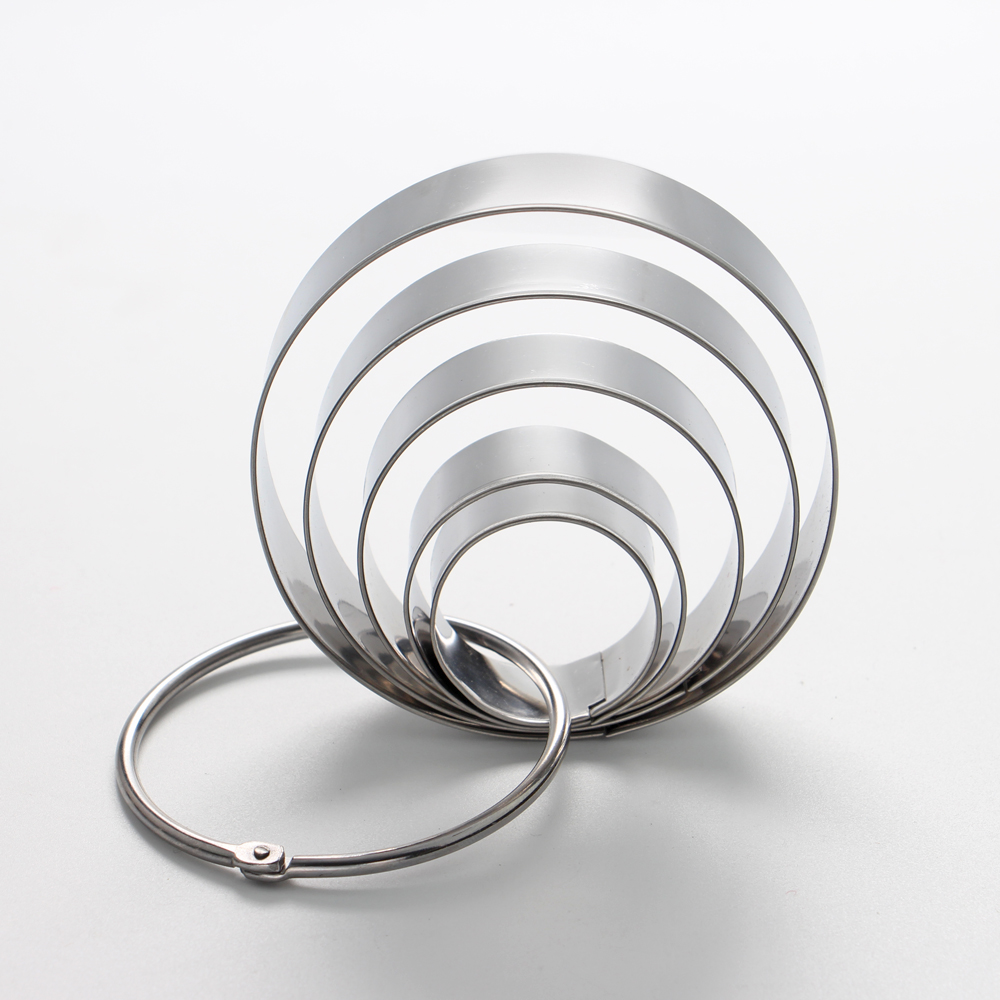Suggestions on reducing the influence of background factors of ELISA kits
Suggestions on reducing the influence of background factors of ELISA kits
For scientific researchers, the principles and operating procedures of ELISA experiments are not unfamiliar. They are nothing more than fixed antigens. Primary antibodies, secondary antibodies and substrates are added, and washing and blocking steps are mixed in the operation process. However, even the plain washing and closing, if the operation is unreasonable, will greatly affect the accuracy of the experiment. Whether we can obtain meaningful and accurate information at the end of the experiment depends largely on the signal-to-noise ratio of the results, and background noise will greatly affect the judgment of researchers on the results.
Regarding how to reduce the influence of the background factors of the ELISA kit during the experiment, the following steps are outlined.
Washing is important
The washing step seems simple and boring, but it is actually very important, because if unbound materials (such as non-specifically bound antibodies or detection reagents) remain in the microplate, background noise will increase. If necessary, increase the salt concentration in the wash solution, which will prevent non-specific binding reactions. If the background is too high, it is suspected that the washing is not enough, you can try to increase the number of washing.
Closed is more critical
The role of the blocking solution is to allow unrelated proteins to occupy potential binding sites in the microplate. This reduces the chance of non-specific binding of antibodies that can generate signals. During the experiment, the goal that the antibody only binds to the target protein is achieved. If the background is too high, it is suspected that the blocking is not sufficient, you can try to use a higher concentration of blocking solution, or appropriately extend the blocking time.
If you have been troubled by background problems, you should spend some time optimizing the blocking solution. This may take time, but it is also worth it. There are currently two main types of blocking solutions: protein and non-ionic detergents. The type used depends on many factors, including the surface reagents of the microplate, the adsorbed antigens, your antibodies, and detection reagents. A good blocking solution should reduce non-specific binding, but it should not interact with antigens, antibodies, or detection reagents.
The most commonly used non-ionic detergent is Tween-20. This blocking solution is cheap, stable, and useful for removing some non-specific binding during the washing process. But they only work when they exist, because they are easily washed away. Therefore, blocking solution must also be added to all washing solutions. Do not use high concentration (normal concentration is 0.01-0.1%), it will reduce specific binding and produce false negatives. Another option is to use two blocking solutions, protein and non-ionic detergents, the latter assisting in blocking during washing.
The protein blocking solution is different and permanent. They bind to the open site and block, and the ELISA kit simultaneously stabilizes the antigen molecules bound to the microplate. Commonly used protein blocking solutions include bovine serum albumin (BSA), skimmed milk powder, normal serum and fish gelatin. The inherent diversity of serum components allows it to effectively intercept many different types of molecular interactions. However, its disadvantage is that it can interact with Protein A and IgG antibodies. One way to solve this problem is to use normal serum from chicken or fish.
Antibody concentration must be optimized
Usually we will follow the steps left by the "predecessors" to conduct the experiment, but if the reagents are slightly different, you may need to optimize the amount of antibody. Remember, non-specific antibody binding increases background. To prevent this, never use too much primary or secondary antibodies.
Appropriate amount of detection reagent
Another point is also obvious: do not use too much detection reagents. If the concentration is too high, or if it is not properly diluted, it will result in high background. Do not over-develop the color, if necessary, optimize when the stop solution should be added.
If you encounter high background in ELISA, you don't need to worry too much. Look at the components in the ELISA system one by one and eliminate possible problems. With careful optimization, I believe that there will be meaningful and accurate experimental results soon.
FEATURE:
- Cookie Press Icing Set
- Better idea for kids
- Easy to clean
- Safety food grade stainless steel material
How to use:
Wash your hand and it dry. when the dough is ready,you can use Cookie Cutter to cut biscuits out,you can make any pattern you want easily by using cookie cutter ,then you can put them on tray and into oven.


Stainless Cookie Cutters,6 Inch Round Cake Cutter,Stainless Sandwich Cutters,Stainless Steel Biscuit Cutter
YANGJIANG SHENGHAI INDUSTRIAL&TRADING CO., LTD , https://www.shenghaiyjs.com